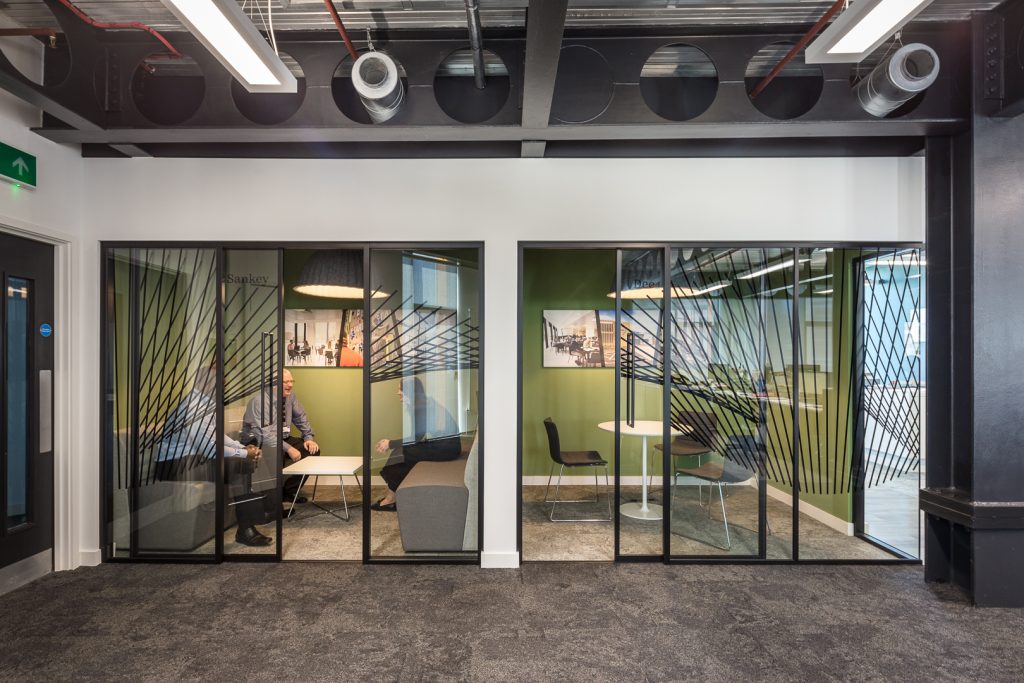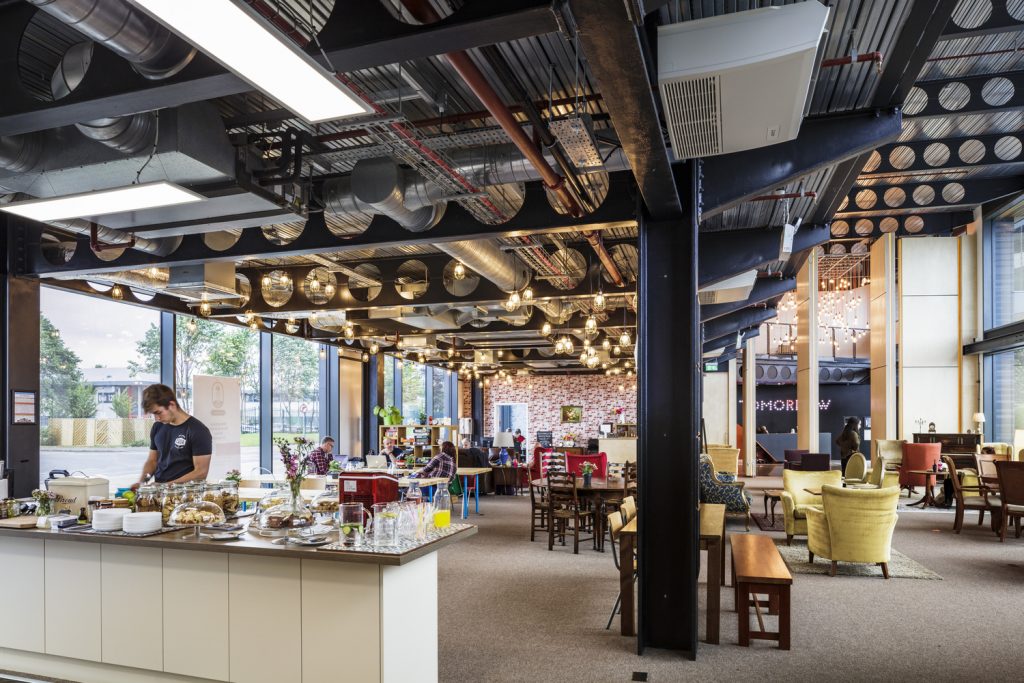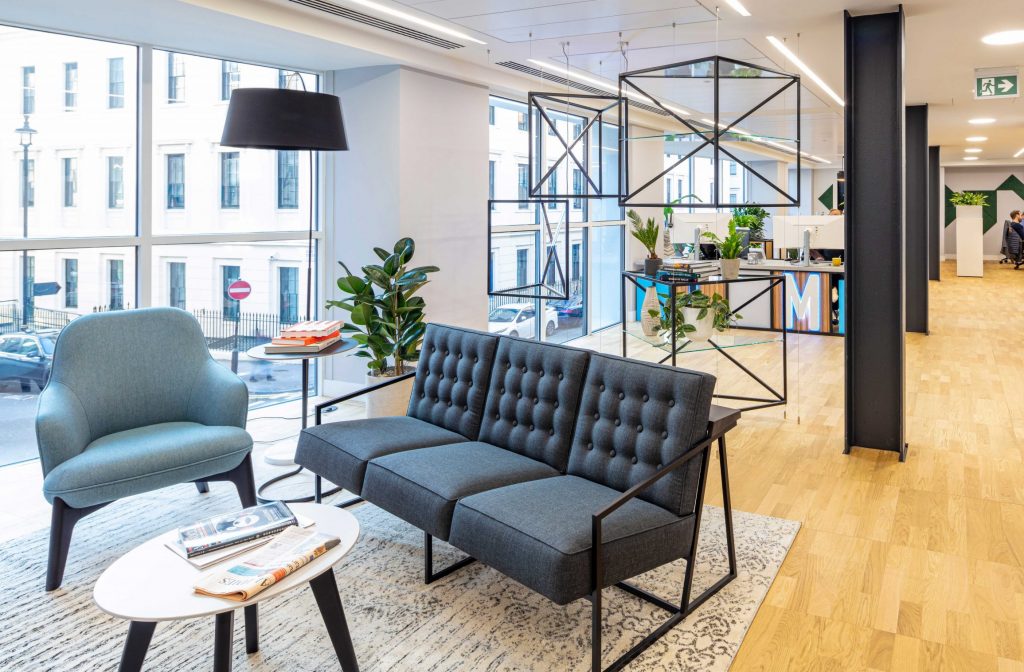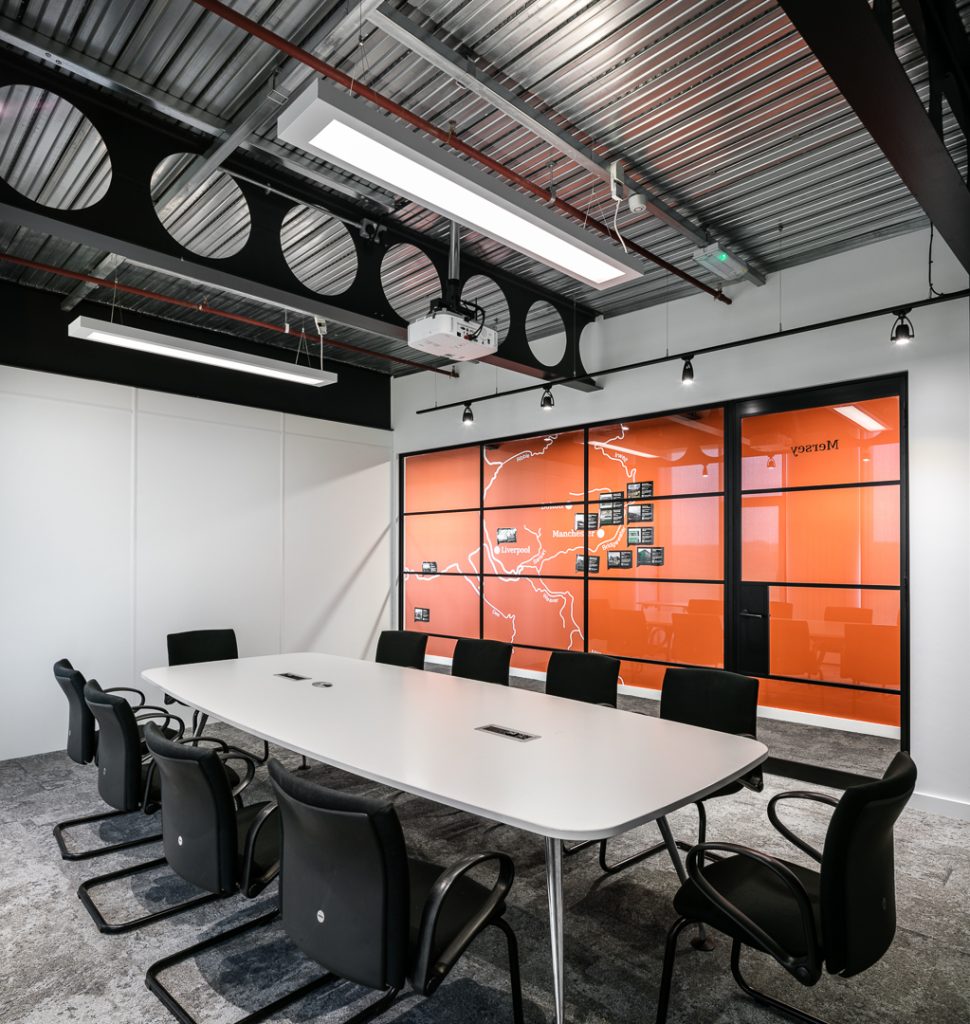The COVID-19 pandemic lockdown periods have opened the eyes of both workers and businesses to the potential benefits of flexible working, including working from home for part or all of the working week.
Build to Rent designers, developers and operators must now respond to this phenomenon by considering the incorporation of co-working space within their developments, so that they and the residents can reap the great potential benefits that such spaces offer.
The paradigm shift
Build to Rent (BTR) developments have been at the forefront in embracing the potential benefits of providing a mix of amenities under one roof, merging the residential format with ideas taken from the hospitality and leisure sectors and creating what has become a very attractive alternative to simple, residential-only apartment blocks, particularly for people living alone, small families and young professionals.
However, co-working is a sector that has, up until recently, been relatively overlooked by BTR developers and operators. Co-working / working from home is something that BTR operators must now consider as part of their offer – the COVID-19 pandemic has been something of a paradigm shift in terms of how we view the world of work and the importance of work-life balance.
The provision of communal workspace may be vital to the social and commercial success of a BTR development, particularly in the aftermath of a prolonged period of people being isolated from each other, causing them to appreciate the value of personal human interaction more than ever.

Meeting space at Media City UK. Photo credit: Chapman Taylor
Build to Rent and co-working are well suited to each other
Build to Rent has always been about getting people out of their apartments as much as possible to interact with one another. This should apply as much to their working time as to their leisure time, particularly if they are now choosing, since the pandemic, to spend a significantly larger proportion of their lives at home to work.
It may be that some people will want to work primarily from their apartments but spend an hour or two in what would be akin to a hospitality environment, working from their laptops while enjoying a coffee and a bite to eat, just for that important sense of social connection and wellbeing.

Co-working space at Tomorrow Manchester. Photo credit: Chapman Taylor
Designing for visibility and variety
As mixed-use specialists, we are familiar with designing environments which blend a number of different uses together. When designing a new BTR development, the core residential environment understandably demands a lot of attention, but it is equally important that any complementary uses are designed to work as effectively as possible. The design of the co-working space should be influenced by the appropriate market trends and designed to complement and add value to the residential amenities by providing an alternative sustainable workplace setting for use by the development’s residential community.
A successful space is based on variety, which, in the case of a BTR co-working environment may include collaborative spaces, private booths, meeting rooms and spaces equipped with audio-visual technology, acoustically appropriate for media productions such as videos, podcasts and voiceovers.
A favourable outcome of the incorporation of co-working space, from a design point of view, is that the provision of co-working space will change the way in which the BTR developments activate the ground floor and creates the opportunity to provide more dynamic interaction with the street.

Break out area. Photo credit: Chapman Taylor
Self-management and curation
Build to Rent operators should ideally manage the co-working offer themselves, rather than bringing in external management – there is an opportunity here to create a competitive alternative to the dedicated co-working companies. If people have the option to benefit from a similar amenity within their own building at the cost of a relatively small addition to their rent, many will jump at the chance. Non-residents will also use the facilities if they are priced competitively.
What the space will include or look like will always be context-dependent. For example, the solution for a 100-home BTR development in the suburbs will be quite different from one for a 500-home development in the city centre.

Conference room at Media City UK. Photo credit: Chapman Taylor